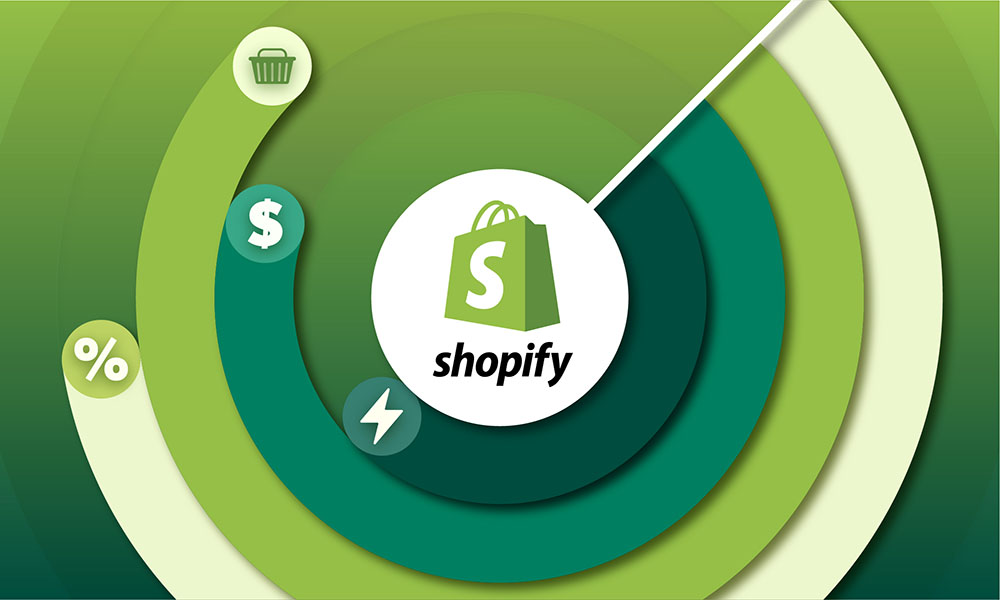

You will not have the option to use multipliers or percentage markups, however. The sale badge is now removed from both the product item on the collection and the product page. You can go to Shopify and bulk edit the prices of the products. Then, click Save to confirm your change.Next, you delete the text "Sale" in the box. Select the tab Products and scroll down to the box On sale, or you can search the term "on_sale" in the Filter items bar to navigate quickly to that box.

On the Themes page, choose Be Yours theme and click on the theme's button Actions > Edit languages. On your Shopify Admin dashboard, click Online Store > Themes. To remove the sale badge, you simply do as follows: Note: If your product has many variants, you click on each variant to see the Pricing setting field (original and after-discount price).Īs a result of the above settings, the sale badge is visible for the chosen product on the product page and the collection page. Global support Businesses in 25+ countries can accept payments from customers anywhere in the world. Local payment methods From Alipay to iDEAL, you can support dozens of popular payment methods with a single integration. Note that the original price must be in the Compare at price box, and the after-discount price is in the Price box to enable the sale badge. Process charges and display prices in your customer’s preferred currency to increase conversion. In that product's configuration panel, you navigate to Pricing and insert the prices after and before the discount. On your Shopify Admin dashboard, click Products > select the product to be featured with the sale badge. To activate a sale badge display, you need to provide data on the original selling price and the after-discount price on Shopify. The ability to add/remove the sale badge feature is supported by Be Yours 5.2.0 and later versions Add a product sale badge 1 for the Planet is a globally recognized certification that represents thousands of businesses and environmental partners. If you sell print-on-demand or dropshipping products, you’ll start product cost assessment with the price you pay for each item.
Change shopify pricing by a precentage how to#
This article will show you how to add or remove the sale badge for a product. Product cost is the total amount you spend to create your product. Note: Variant - a combined set of options in different categories, such as a variant of Size M (Size option) + Red (Color option). With Be Yours theme, you can create a sale badge to feature the promotional items.Ī specific discount percent for an on-sale product is visible if it has a single variant, while the label "Sale" appears for an on-sale product in case it has more than one variant. Where will you list the products for sale? Online, in a brick-and-mortar store, or maybe you have other options? This decision will affect fixed costs, so it needs to be fully thought out.Your store has some products on sale, and you want to feature them on the website to attract more customers' attention. While there is no specific number, a good profit margin will typically be between 10% and 30%. How to change the following inventory quantity in a shopify store using api. Think of how much profit you would like to earn per sale.

This number represents the percentage of the sale that has been turned into profit. This is the amount of money merchants spend to produce and sell their products. The 'details.finalsale' metafield is supposed to. For example, if we had a product that had a price of 40 and compare at price at 100, it would be 60 off. Otherwise, the default would be 'false' for that field so that the message would not display.

Keep in mind product development and fulfillment costs. If the metafield was 'true', a 'Final Sale' message would display on that products page. Those are costs that change, unlike fixed costs. Research existing price points for similar products that are already popular amongst the target audience and price products accordingly. There is no point pricing way higher than the competitors unless there is a good reason for it. Merchants need to price their products to cover these recurring expenses. These are expenses that do not change regardless of the number of products sold. Keep in mind fixed costs, if there are any. What do they want from the product or service? Do they pick the cheapest option, or does expensive equal quality in their minds? What role does the price play in their purchase decision?


 0 kommentar(er)
0 kommentar(er)
